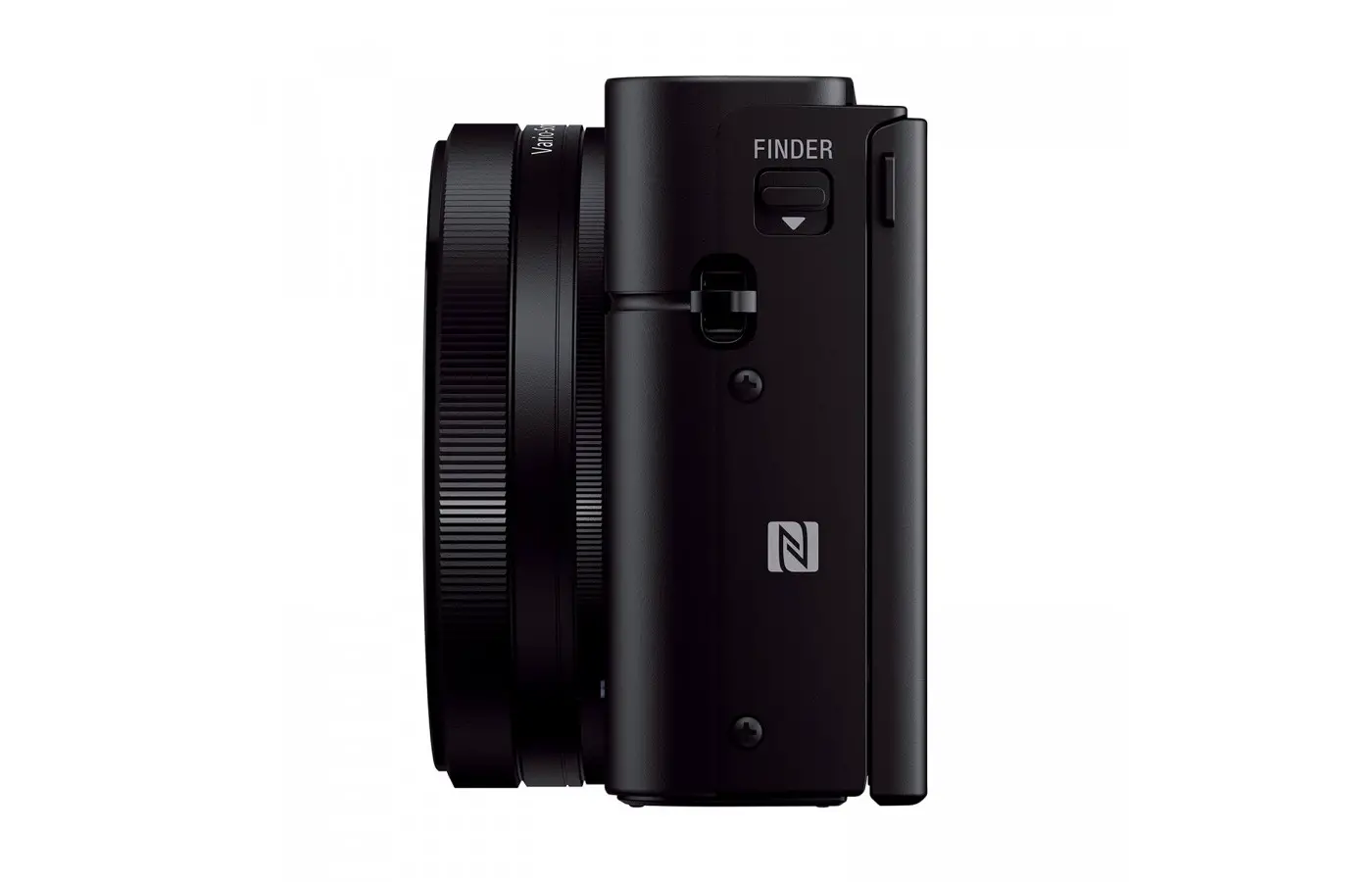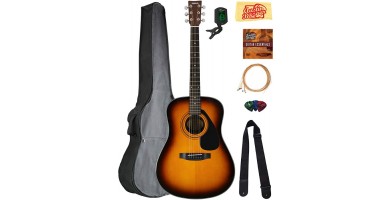Sony RX10 III
Sony releases the RX10 II in July 2015. It was a follow up to the original RX10 model of 2013. Eight months after hitting the market, Sony RX10 III arrived. The evolution of the camera models is fascinating.
The camera sells alongside the RX10 II. The RX10 III offers more zoom reach. The package is slightly bigger. It weighs a bit more than the RX10 II. The camera is not unreasonably heavy. Handling is superb. It is well-balanced and comfortable in hand.
Sony thought a lot about how photographers like to work. The HD video quality is impressive, and the camera is relatively easy to use. The extended zoom is a helpful feature for videographers.
The articulation mechanism makes it easy to use when shooting overhead, low to the ground, and from the hip. The camera may not be for everyone, which is why Sony continues to make the RX10 II available.
- Autofocus performance
- Clear Image Zoom technology
- Customizable keys
- Excellent electronic viewfinder
- SLR-like handling and comfortable grip
- Expensive
- Startup is slow
Accessories
Settings
A second ring extends the lens zoom length. The third adjusts the focus. There is also a shutter release switch to retract and extend the zoom. On the lens side, there is a customizable button which can have some functions assigned to it.
‘Zoom Assist’ is particularly useful. If zooming in on a distant subject and the user moves the camera and loses the subject or the subject moves out of frame, the lens zoom out, pushing the button permits the user to find the subject. It zooms back on the release of the button.
A switch to move between focusing modes is beneath the lens. The modes include Direct Manual Focus (DMF), manual, continuous, and single. DMF permits the user to make fine manual focus adjustments after the autofocus is locked on.
There is an of buttons and dials at the top of the RX10 III. An on/off switch has been placed behind the shutter release and the zoom rocker. The left side has a mode dial that allows the user to choose between exposure modes quickly.
The options include Panorama, Scene Modes, Automatic, Manual, Program, and semi-automatic aperture and exposure mode options. On the right, the dial is exposure compensation, which is a handy place for the thumb when gripping the camera.
There is a button to pop up the built-in flash. Two custom buttons can have a variety of functions assigned to them, depending on what is most often used. On the camera top, a small LCD screen displays some key settings such as battery status, number of shots left, shutter speed, aperture, etc.
This screen is accompanied by a button to illuminate it if the camera is being used in low light conditions. The back is a relatively minimalist affair. Another custom button doubles as a plack back delete button.
An Fn button gives access to common features likely to be changed frequently. It can be customized to remove or add any function. The RX10 III has a dedicated video record, an AEL, and a playback button on the back also.
A small scrolling dial is used for shutter speed adjustment, which is dependent on the shooting mode. Another scrolling dial has a few functions like scrolling through playback images, scrolling through menus, and changing autofocus point — the dial doubles as a four-way navigation pad.
Design
One is a super ED glass element. There are two ED aspherical elements and five glass elements. A nine-bladed aperture provides attractive bokeh. The Sony RX10 III is heavier and larger than the RX10 II.
The change in size is less significant that might be expected. The dimensions are 5.2 x 3.7 x 5.0 inches. Width has increased by an approximately one-tenth inch, the height two-tenths, and the depth an inch or more.
The loaded-and-ready-to-shoot weight is 38.6 ounces, which is significantly heavier than the 28.7 ounces of the RX10 II. All the glass in the new lens is mostly responsible for the increase in weight.
It is approximately 33 percent heavier than the RX10 II. The increased size of the RX10 III accommodates the extra lens zoom. The body is both moisture and dust resistant. No information is provided about the location or number of seals. No specific rating that indicates the degree of sealing is furnished.
The backside-illuminated, one-inch image sensor appears to be new, although the resolution is unchanged from earlier models. The 20.1 megapixels of the Sony RX10 III sensor differs fractionally from the 20.1-megapixels chips.
Like its sibling, the sensor utilized a design that is stacked and has a DRAM chip. A BIONZ X-branded image processor handles its output. The Sony RX10 III competes closely with other premium bridge cameraspremium bridge cameraspremium bridge cameras.
Connectivity
Android users especially enjoy the ability to send photos to a phone by viewing them in the camera’s playback and bumping the NFC antennas of the two devices together. The camera also has all the expected wired connectivity.
Movies and photos are sent to a computer with High-speed USB 2.0 data connection. A Micro HDMI allows them to be seen on a TV. Sony’s proprietary Multi Interface Shoe doubles as an attachment for accessories and a strobes hot shoe.
Headphone and external microphone connectivity caters to video capture. Stills can be grabbed from 4K video recordings, which is also something that is becoming a popular feature.
Performance
Near the lens barrel base, on the left side, there is a focus hold button, which makes stop autofocus easy if the user wants to reframe before capturing an image. The lens front has 72mm filter threads that allow the user to mount protective or creative filters.
Enough performance is provided to allow 4K video capture or extreme high frame-rate. The ISO 64 to 12,800 sensitivity range of the RX10 II remains unchanged. Fourteen frames per seconds are the maximum continuous burst shooting possible.
From the first frame, the focus is locked. Burst recapture os as much as 6.3 frames per second is possible by the RX10 III, even when AF is active between frames. Fast Intelligent AF is contrast-detection autofocus where resolution is not needed.
The user can choose HD or Full HD capture. Capture rates here top out at 120 fps. The RX10 III allows high frame rate capture up to 960 fps. It has a frustrating requirement to upsample clips to Full HD resolution for post-capture in-camera. Potentially, a subsequent clip shot can be missed if the camera has not finished rendering the previous one.
The increased size is not necessarily bad. The camera is brought in line with the mid-range DSLRs size that has large lenses attached. While the lens is large, a DSLR that covers the same range of focal length would be much larger, which makes the RX10 III appealing as a holiday or travel camera.
The more convoluted main menu takes some time to get to know and navigate. Some settings are named a little strangely and can be challenging to find. The more the camera is used, the easier the navigation becomes.
The autofocus mode has to be set to flexible mode to change the point of autofocus. The AF point can be changed by pressing a central button. The directional keys are used to move to the desired point.
The scrolling dial alters the AF point size. Smaller size can be used when attempting to focus on fine details. A built-in sensor in the viewfinder detects when the camera is lifted to the eye for swift transitions between screen and viewfinder use.
The screen can be pulled from the camera body and tilted up or down. It is useful when shooting from an awkward angle, but not as flexible as fully articulating screens that help when shooting images in portrait format from strange angles.
Image Quality
It has shot-to-shot times that are excellent. Because the zoom must be extended before a photographer can use it, start-up time is a bit slow. It is suggested to keep the camera on if taking several shots in quick succession.
Focus speeds are good. The lens struggles a bit to focus quickly when the zoom telephoto end is used. It is surprising because of the focal length equivalent. The user can engage the shutter release before focusing is finished — half press to lock the focus before committing to take the shot with a full press.
Features
The greater reach is not meant to replace the RX10 II but sell alongside it. Despite its wide aperture and huge zoom range, the lens has low chromatic distortion, particularly towards the wide end. Image stabilization is included in the far-reaching lens. It retails for $1499.
Ergonomics
Key Features
* 20MP one-inch stacked CMOS sensor
* 24-600mm lens equivalent to F2.4-4 Zeiss Vario-Sonnar T
* Bionz X processor
* High-resolution 2.35M-dot OLED electronic viewfinder
* Tilting screen
* Ultra-slow-motion video capture
Bottom Line
Those not on a budget should place the RX10 III on their short list of cameras. Sony has no trouble selling cameras regardless of the price. The camera offers a combination of versatility, build quality, performance, and features that permit Sony to ask more than their rivals.
The Sony RX10 III is a spectacular camera that handles most typical shooting situations. A lot of interchangeable gear can be left at home as long as low-light levels are not a primary concern. It is a powerful photographic tool.















